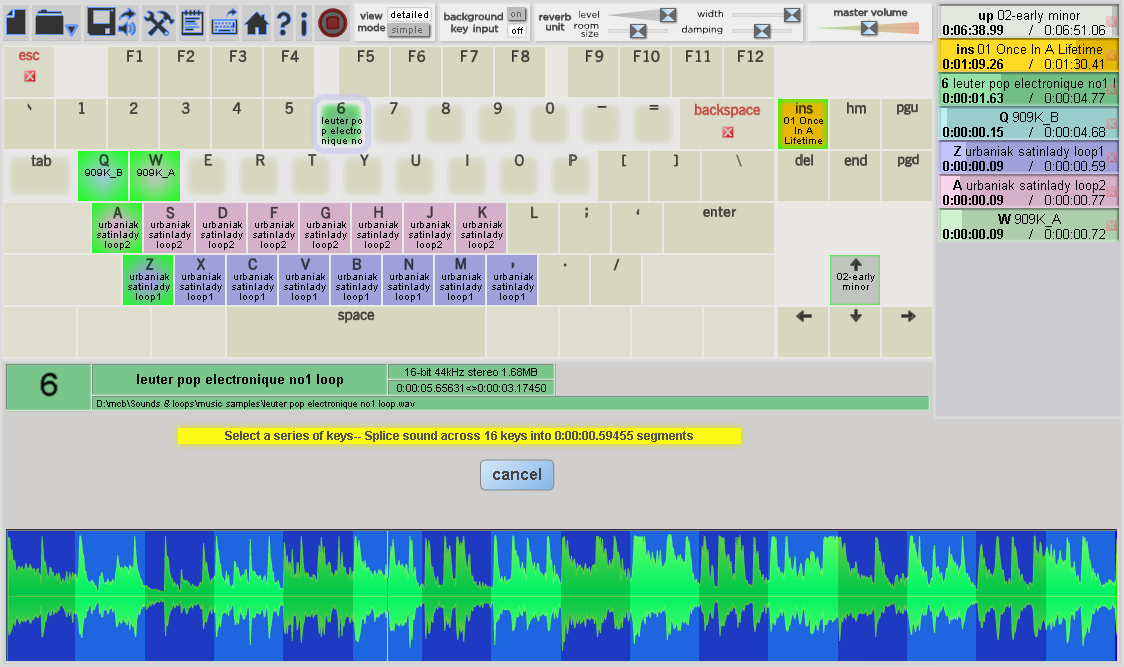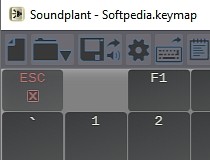

We assessed the effect of this hailstorm on sap flux density (SFD) in response to foliage loss in six tree and three liana species. In December, 2012, Xishuangbanna Tropical Botanical Garden (21o55'N) in southern Yunnan, China, experienced the most severe hailstorm in approximately 30 years, with hailstones of 8–17 mm diameter falling for 10–30 minutes. Large‐diameter hail is unusual in the lowland tropics, consequently, its impact on water flux responses of trees and lianas due to foliage loss is unknown. The strain 1608A showed an efficient control for most insect species studied in the greenhouse bioassays, promoting considerable reduction in leaf injury and demonstrating a high potential in biological control of important lepidopteran species in crop production systems in Brazil. armigera than 775E strain, and then was further evaluated in greenhouse bioassays with maize and soybean plants infested separately with target insects. After 7 days, the mortality was evaluated and indicated that lethal concentration (LC 50) for 775E strain ranged from 7.72 × 10 4 to 2.45 × 10 6 spores mL −1 and for 1608A strain from 5.63 × 10 3 to 1.21 × 10 6 spores mL −1. In vitro bioassays were conducted with neonate larvae exposed to two Bt strains, 1680A and 775E, in seven concentrations of spores and protein crystals. Therefore, our objective was to study the susceptibility of six important lepidopteran pests in Brazilian agricultural production systems, Anticarsia gemmatalis (Hübner), Chrysodeixis includens (Walker) Helicoverpa armigera (Hübner), Spodoptera cosmioides (Walker), S. Bacillus thuringiensis (Bt) is widespread in nature, lethal pathogen of a range of orders and the most widely used entomopathogenic biological control agent. The first step for biological insecticide production is the evaluating of the pathogenicity and strains virulence of entomopathogens against the target pests. More generally, the results from this experiment support that there is a generalized plant gas exchange response to leaf-mass consumption injury. Our results support the hypothesis that there is a generalized primary physiological response to leaf-mass consumption injury among the cultivated legumes. Plant gas exchange variables (photosynthesis, stomatal conductance, intercellular CO2, and transpiration) were not significantly affected by either simulated or actual insect defoliation. Defoliation of single leaves on the six species resulted in similar responses. For the actual insect defoliation treatment, fall armyworm larvae, Spodoptera frugiperda (J.E. Simulated insect injury treatments were imposed by removing leaf tissue on each leaflet with scissors. For simulated and actual insect defoliation, injury was limited to a single leaf per plant. Depending on the experiment, there were either two or three treatments (control, simulated insect injury, and actual insect injury).


Twelve greenhouse experiments were conducted and each legume species was used in a separate experiment. sativa Cimarron, Medicago scutellata (L.) Sava, Medicago truncatula Gaertner Paraggio, Melilotus officinalis (L.) Pallas, Trifolium hybridum L., and Trifolium pratense L. The goal of this study was to test the hypothesis that gas exchange responses to leaf-mass consumption in a broad range of cultivated legumes do not differ from those of soybean and alfalfa. Within the legumes, only alfalfa, Medicago sativa L., and soybean, Glycine max (L.) Merrill, have been examined. It is unknown whether responses to leaf-mass removal by insects vary among plant families and species. However, relatively few plant species have been examined. Several studies have addressed plant primary physiological responses (gas exchange responses) to insect herbivory.


 0 kommentar(er)
0 kommentar(er)
